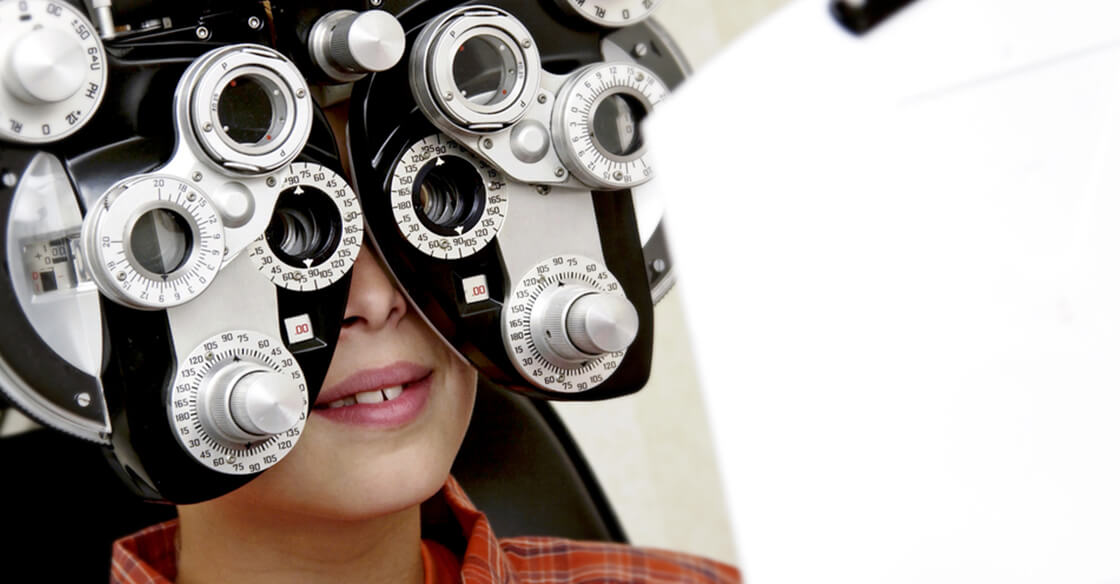How to Detect Children’s Vision Problems

Children receive over three quarters of new knowledge through their eyes. This information could be in a book, on a whiteboard, on a computer screen, in a powerpoint presentation, or in a video. Teachers also use body language and hand movements to emphasize important points. Hence, if your child cannot see clearly they may experience certain disadvantages when learning at school.
Regular Eye Examinations, and Why Children Need Them
To help counter this, it is recommended that each child receive an eye examination at three months, three years and then regularly after they begin their schooling. Between these events, parents become their diagnostic ‘optometrists’. Their job is to watch for signs something is going wrong with their child’s eyesight. Then they can bring them in for an examination if they have concerns.
For example, you may notice your child holding a book closer their eyes, or starting to sit closer to the television. Quite often, they need correction for near-sighted vision. It is quite normal for children to rub their eyes when tired. But, if they do this in the daytime when active, this can be a response to eyestrain as they struggle to focus.
Deteriorating Eyesight and Its Effect on School Performance
Losing their place on a page, or tracing the words with their finger is a further sign the child is not seeing clearly close up. If they do not grow out of this, consider consulting an optometrist to find out the reason. Unusual sensitivity to camera flashes, sunshine or even indoor light could be another warning sign. There are a number of little things to watch out for, so stay vigilant.
If your child closes one eye to read the whiteboard or watch videos, this means their eyes are not working well together. This could be an indication of eyesight convergence insufficiency and will make it harder for children to concentrate when absorbing visual information. They may even complain of dizziness, persistent eye soreness, or failing depth perception.
The teacher may think they are merely being inattentive when they misinterpret what is on the board. To the child, of course, everything may seem normal. This is why keeping track of eyesight in children is important for parents.
How an Eye Test and Optometrist Correct a Child’s Vision
Eyeglasses can easily correct most eyesight difficulties. It is simply not worth taking a chance with a child’s education. Eye examinations are simple, non-intrusive procedures experienced optometrists can almost turn into fun. The optometrist shows them letters and other visual cues, and compares their reactions with what they expect for 20:20 ‘normal’ vision.
These help them to assess the quality of near and distance vision, and seek signs of imperfect binocular coordination and eye movement. There are established treatments for these conditions, and hand / eye coordination and peripheral awareness problems. It is best to detect them while a child is still young.
EyeLux Optometry. Quality services. For your eyes only.
Schedule an Appointment
